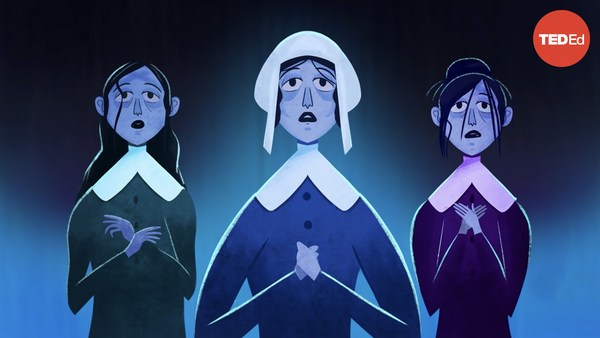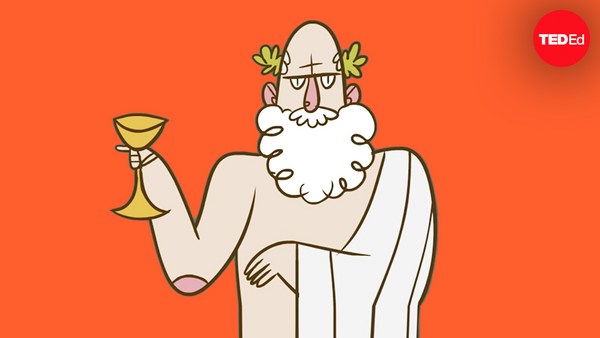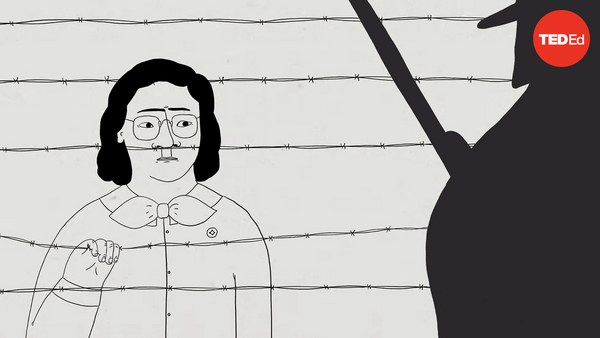On January 17, 1920, six armed men robbed a Chicago freight train. But it wasn’t money they were after. Less than one hour after spirits had become illegal throughout the United States, the robbers made off with thousands of dollars worth of whiskey. It was a first taste of the unintended consequences of Prohibition.
The nationwide ban on the production and sale of alcohol in the United States came on the heels of a similar ban in Russia that started as a wartime measure during World War I. But the view in the Western world of alcohol as a primary cause of social ills was much older. It first gained traction during the Industrial Revolution as new populations of workers poured into cities and men gathered in saloons to drink.
By the 19th century, anti-drinking groups called temperance movements began to appear in the United States and parts of Europe. Temperance groups believed that alcohol was the fundamental driver behind problems like poverty and domestic violence, and set out to convince governments of this. While some simply advocated moderate drinking, many believed alcohol should be banned entirely. These movements drew support from broad sectors of society. Women’s organizations were active participants from the beginning, arguing that alcohol made men neglect their families and abuse their wives. Religious authorities, especially Protestants, denounced alcohol as leading to temptation and sin. Progressive labor activists believed alcohol consumption harmed workers’ ability to organize.
Governments weren’t strangers to the idea of prohibition, either. In the United States and Canada, white settlers introduced hard liquors like rum to Native communities, then blamed alcohol for disrupting these communities— though there were many other destructive aspects of their interactions. The American and Canadian governments banned the sale of alcohol to Native populations and on reservation land.
American temperance movements gained their first victories at the state and local levels, with Maine and several other states banning the sale and production of liquor in the 1850s. In 1919 the 18th Amendment to the US Constitution banned the manufacture, sale, and transportation of all alcoholic beverages.
The amendment took effect a year later under the Volstead Act. Since the act did not ban personal consumption, wealthy people took the opportunity to stock up while restaurants and bars rushed to sell their remaining supply. Workers lost their jobs as distilleries, breweries, and wineries closed down. Meanwhile, organized crime groups rushed to meet the demand for alcohol, establishing a lucrative black market in producing, smuggling, and selling illicit liquor. Often they worked side-by side with corrupt policemen and government officials, even bombing the 1928 primary election for Illinois state attorney in support of a particular political faction.
Tens of thousands of illegal bars, known as "speakeasies," began serving alcohol. They ranged from dingy basement bars to elaborate dance-halls. People could also make alcohol at home for their own consumption, or obtain it legally with a doctor’s prescription or for religious purposes. To prevent industrial alcohol from being consumed, the government required manufacturers to add harmful chemicals, leading to thousands of poisoning deaths.
We don’t know exactly how much people were drinking during Prohibition because illegal alcohol wasn’t regulated or taxed. But by the late 1920s, it was clear that Prohibition had not brought the social improvements it had promised. Instead it contributed to political corruption and organized crime and was flouted by millions of citizens. At one raid on an Detroit beer hall, the local sheriff, mayor and a congressman were arrested for drinking.
With the start of the Great Depression in 1929, the government sorely needed the tax revenue from alcohol sales, and believed that lifting Prohibition would stimulate the economy. In 1933, Congress passed the 21st Amendment repealing the 18th— the only amendment to be fully repealed.
Members of the temperance movements believed that alcohol was the root of society’s problems, but the reality is more complicated. And while banning it completely didn’t work, the health and social impacts of alcohol remain concerns today.


